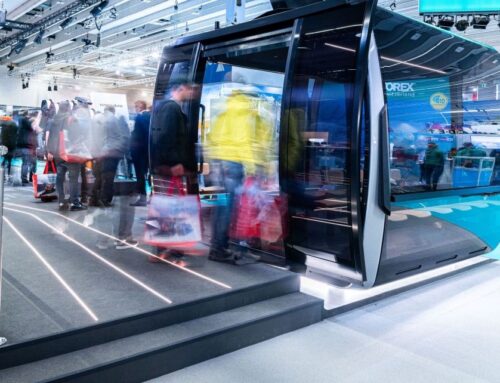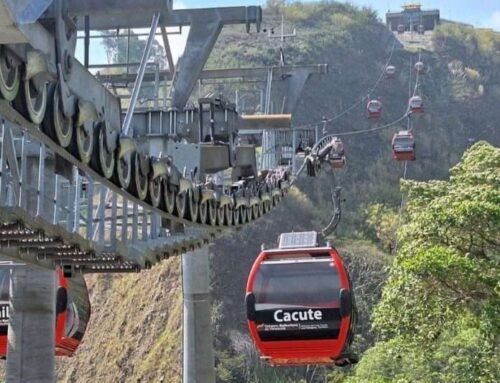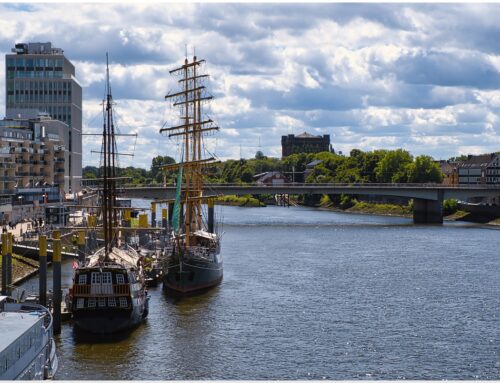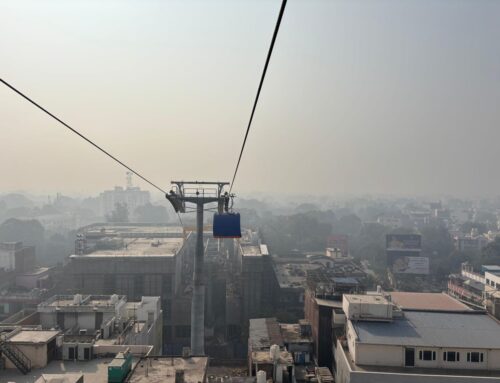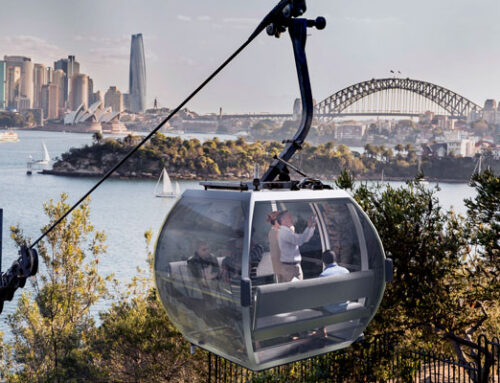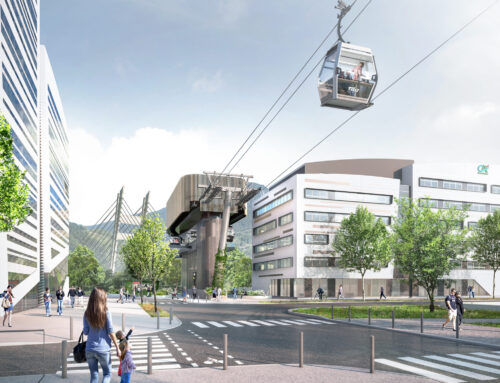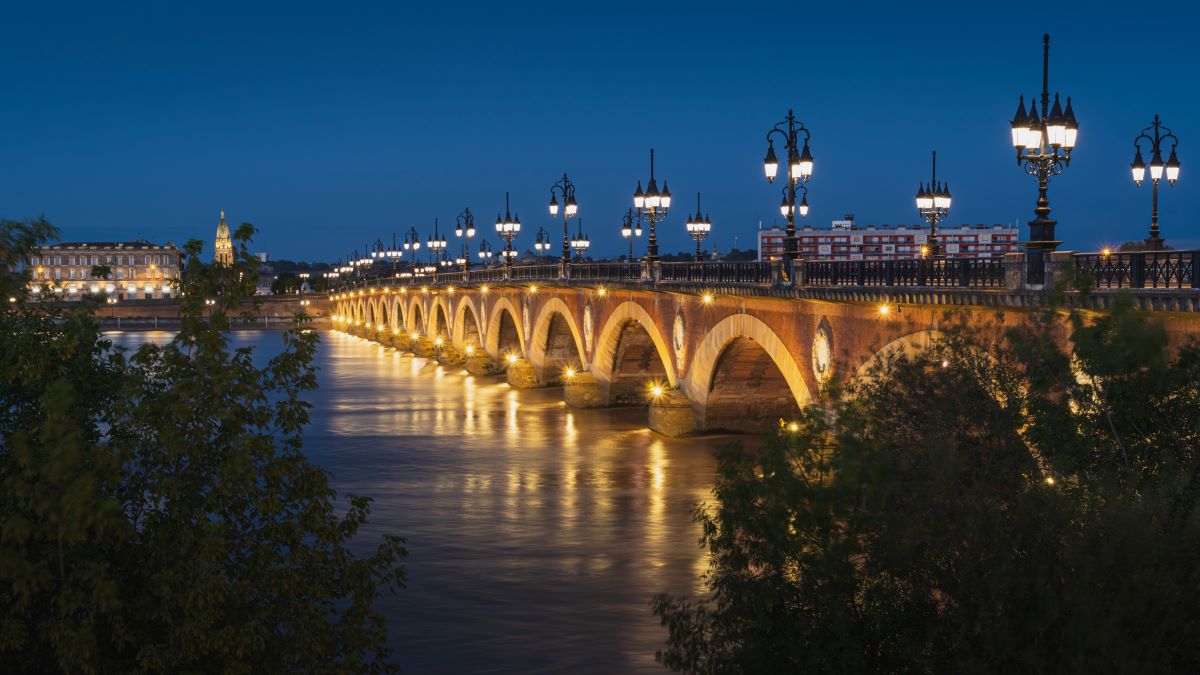
Cities, SI-Urban
Bordeaux: A cable car over the Garonne?
Since 2019, feasibility studies for a cable car have been carried out in the French city. Nine routes are being considered and could connect the municipalities of Cenon and Lormont with the north of Bordeaux.
Due to the expected passenger numbers of up to 18,000 travellers per day, a reversible aerial tramway is to be used. It should be possible to cross the Garonne within seven to ten minutes.
The mayor of Bordeaux, Pierre Humic, sees the gondola project as an additional alternative for the crossing. For the municipality of For the municipality of Cenon on the right bank, the connection would mean better access to jobs in the city.
His counterpart Jean François Egon is therefore enthusiastic about the cable car idea. The mayor of Lormont, Jean Touzeau, expects the cable car to become a fast means of transport for local residents and an attractive landmark for tourists.
Depending on which route Bordeaux chooses, the investment volume will be between 53 and 73 million. The gondola is also planned as part of the public network and will have a similar ticket price structure to buses and trams.
A cable car for Bordeaux
Possible routes for the cable car
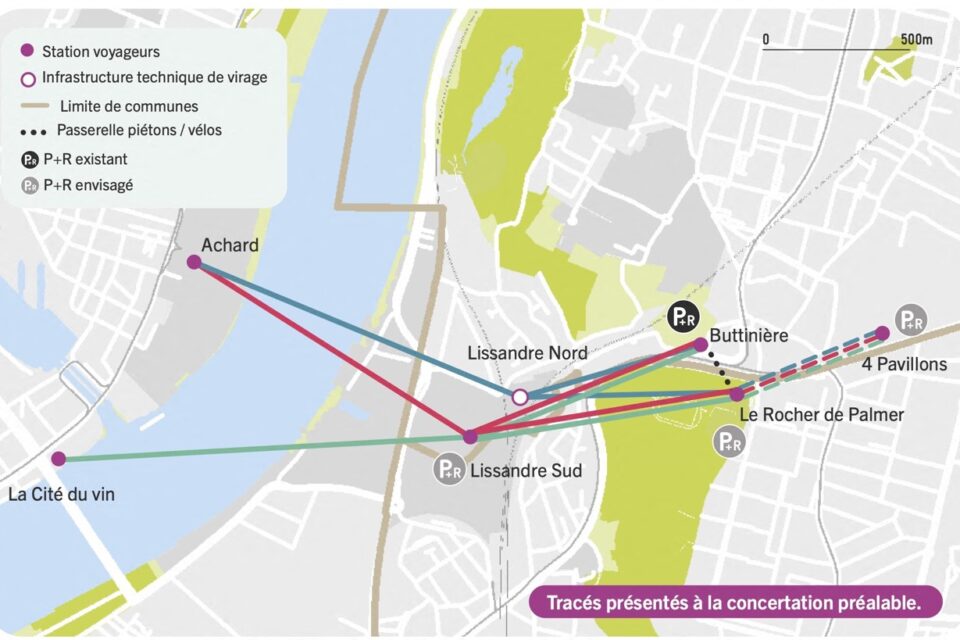
Several routes have potential
The city sees two possible end stations on the left bank: Achard or La Cité du vin. On the right bank, there are several possibilities such as Quatre Pavillions, Le Rocher de Palmer or Buttiniére.
A terminus at Quatre Pavillions would have the advantage that passengers getting off at Achard station to go shopping would be able to get to the shopping centre without a car, thus shifting the traffic.

Pierre Hurmic
Mayor of Bordeaux
“We need to decongest Bordeux and ensure that traffic jams and air pollution in the city are reduced. There is no one-size-fits-all solution, but the cable car could transport 9,000 to 18,000 travellers per day and is CO2-free to operate. It could also cross the Garonne in a reasonable amount of time.”
A connection to La Buttiniére railway station would also have advantages, as it would provide an uncomplicated link to the tram and bus lines.
In addition to the Cité du vin tourist attraction, this would also benefit the Rocher de Palmer cultural centre and the clinic on the right bank. The city wants to realise the cable car by 2028 and also implement new park and ride facilities near the end stations.
Cité du vin
is discussed as a possible end station
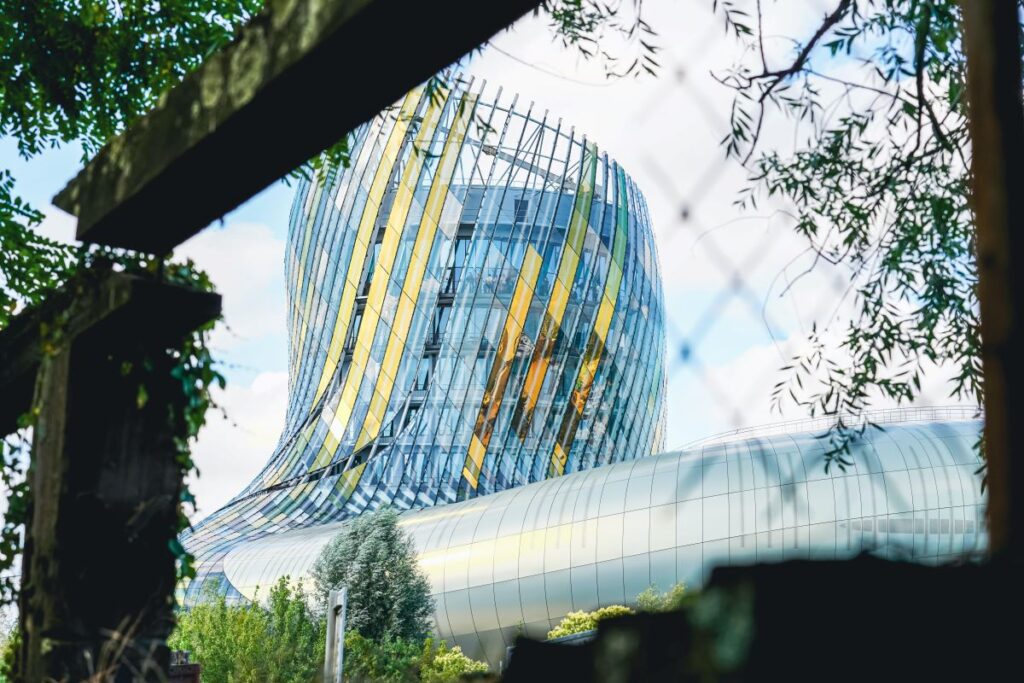
Not only support
However, the cable car project cannot be realised without any complications. The opposition, the UNESCO World Heritage Site and the industrial company Bordeaux Naval Construction have raised objections to the project.
Presented
A cabin could be visited in Bordeaux
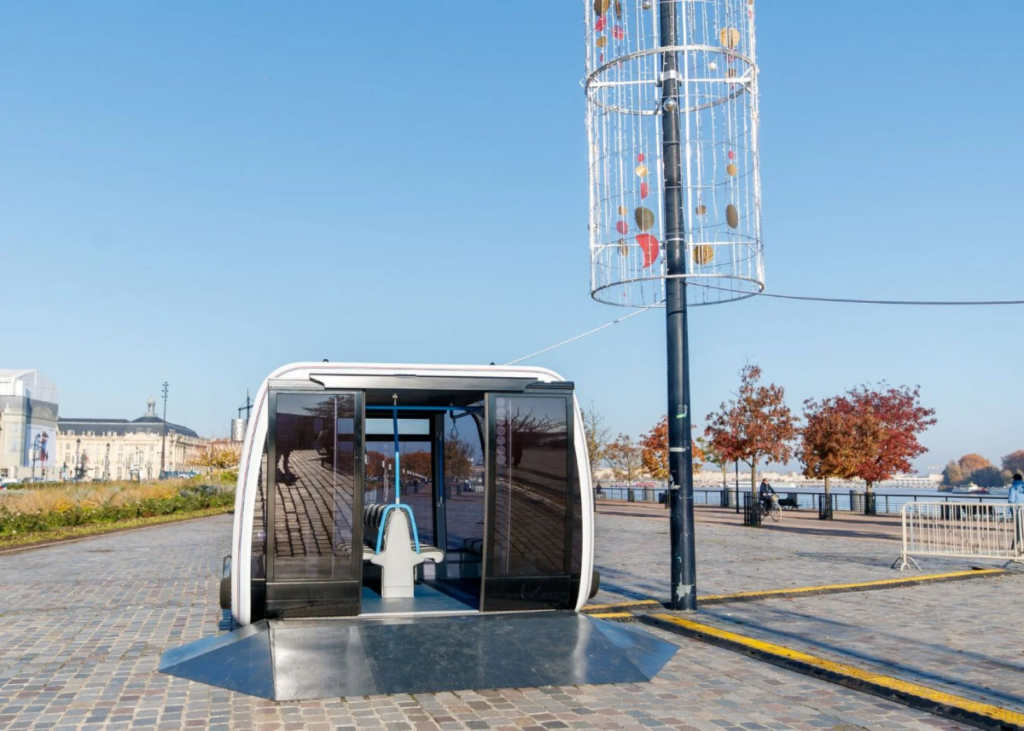
Aesthetic concerns about a support in the Garonne in the case of the Cité du vin terminus and fears about the confidentiality of industrial processes when flying over the right bank were the specific objections to the planned route.
However, the company is open to alternative routes that connect to the existing public network, which is why further discussions on the project plan have been postponed until a later date.
Technical Data
Cable Car Bordeaux
| Length: | Depends on the route of the cable car 1,8 to 2,7 kilometres |
| Stations: | Two to four |
| Travel time: | Seven to ten minutes |
| Barrier free: | The cabins can be used with bicycles and wheelchairs. Bicycle transport will only be possible in the cabin. |
| Start of operation: | The cable car should be realised by 2028 |
| Planned system: | Aerial tramway |
| Capacity | 9’000 to 18’000 people each day |
